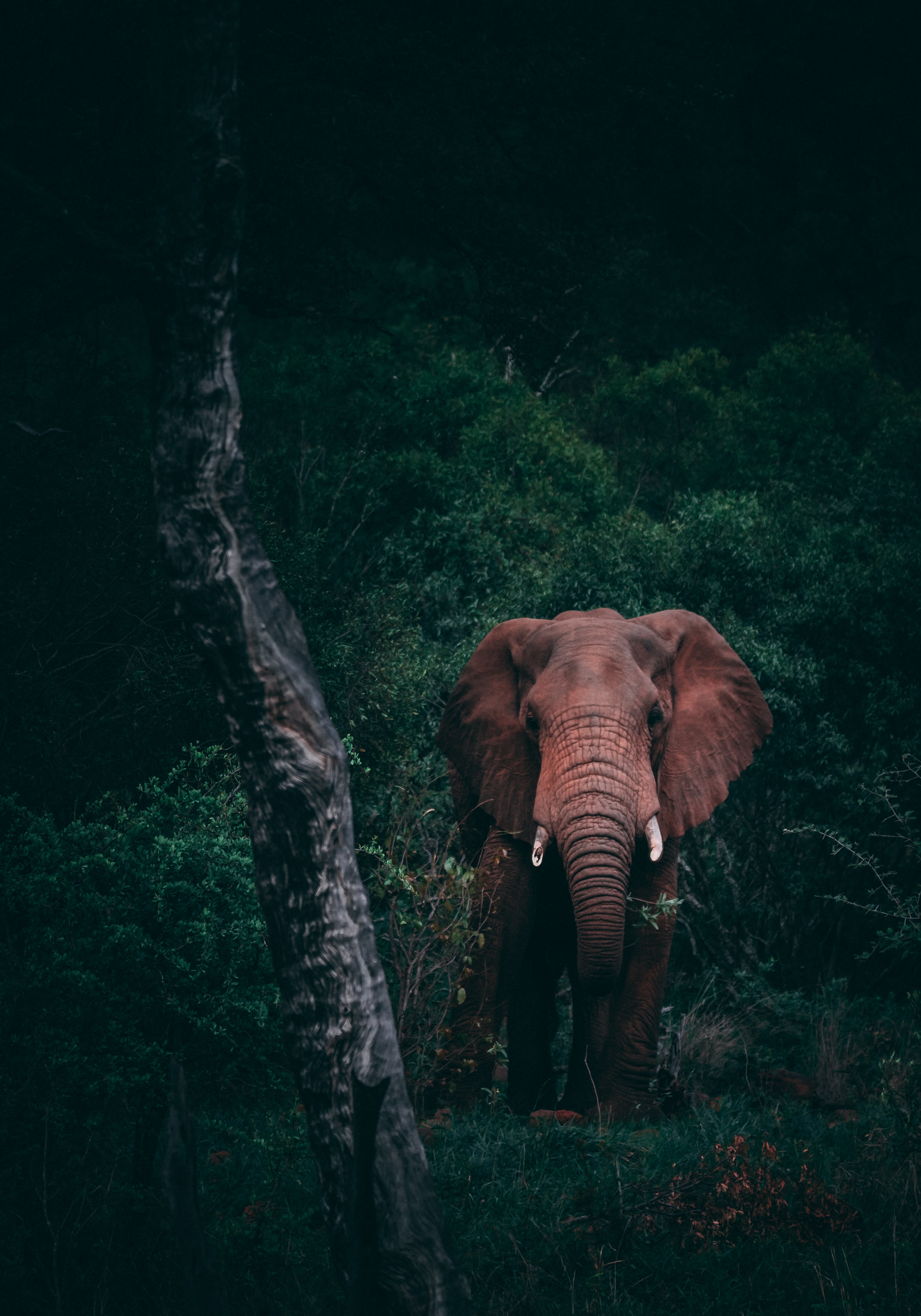In the vast tapestry of life on Earth, every thread is connected. Each plays a role in maintaining the delicate balance of our planet's ecosystems, from the tiniest microorganism to the largest mammal. The relationship between wildlife and their habitats is symbiotic, and understanding this interconnectedness is crucial for effective conservation.
The Role of Wildlife in Ecosystems
Every species, no matter how seemingly insignificant, has a part to play in the health and function of its ecosystem. For instance:
Pollinators, like bees and butterflies, are essential for the reproduction of many plants. Their decline can drastically affect the availability of crops and other plant species.
Predators, such as wolves or big cats, help control the population of herbivores. This keeps vegetation levels in check and ensures that one species doesn't overpopulate, throwing the ecosystem off balance.
Decomposers, like fungi and certain insects, break down dead organisms, returning nutrients to the soil and ensuring plant growth.
How Habitat Degradation Affects Wildlife
When we think of threats to wildlife, it's common to think of poaching or direct harm. However, habitat degradation is one of the most insidious threats animals face. Loss of habitat can result from:
Deforestation: Many species are specially adapted to live in forests. When these are cleared, they can't simply move to a new location and thrive.
Urbanization: As cities expand, animals are either pushed out of their habitats or forced to adapt to urban life, posing challenges.
Pollution: Contaminants in the water, air, and soil can devastate plant and animal life.
A Chain Reaction
When an ecosystem is disrupted by the decline or extinction of a species, it can set off a chain reaction. The loss of one species can affect the food chain, reproduction patterns, and even the physical characteristics of the environment.
A classic example is the reintroduction of wolves to Yellowstone National Park. Their return led to a decrease in the elk population, which allowed willow and aspen trees to thrive. This cascading effect had further positive implications, creating habitats for beavers, birds, and many other species.
Conserving Both: A Holistic Approach
Conservation efforts need to look at the bigger picture to protect wildlife genuinely. More is required to focus on one endangered species; we must also look at the health of their habitat.
Organizations like Closehaul Capital Charitable understand this interdependence. By focusing on animal welfare and environmental health, they aim to create a world where nature exists in harmony, with each species and habitat supporting the other.
Conclusion
The fate of wildlife and ecosystems is deeply intertwined. We must hope to save one with the other. As we move forward, let us remember that every conservation effort, no matter how small, contributes to our planet's intricate and beautiful web of life.



